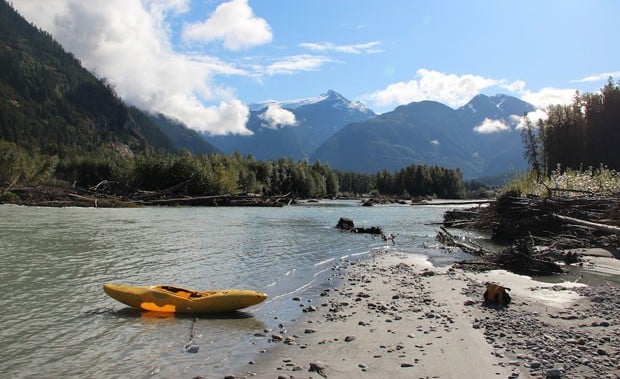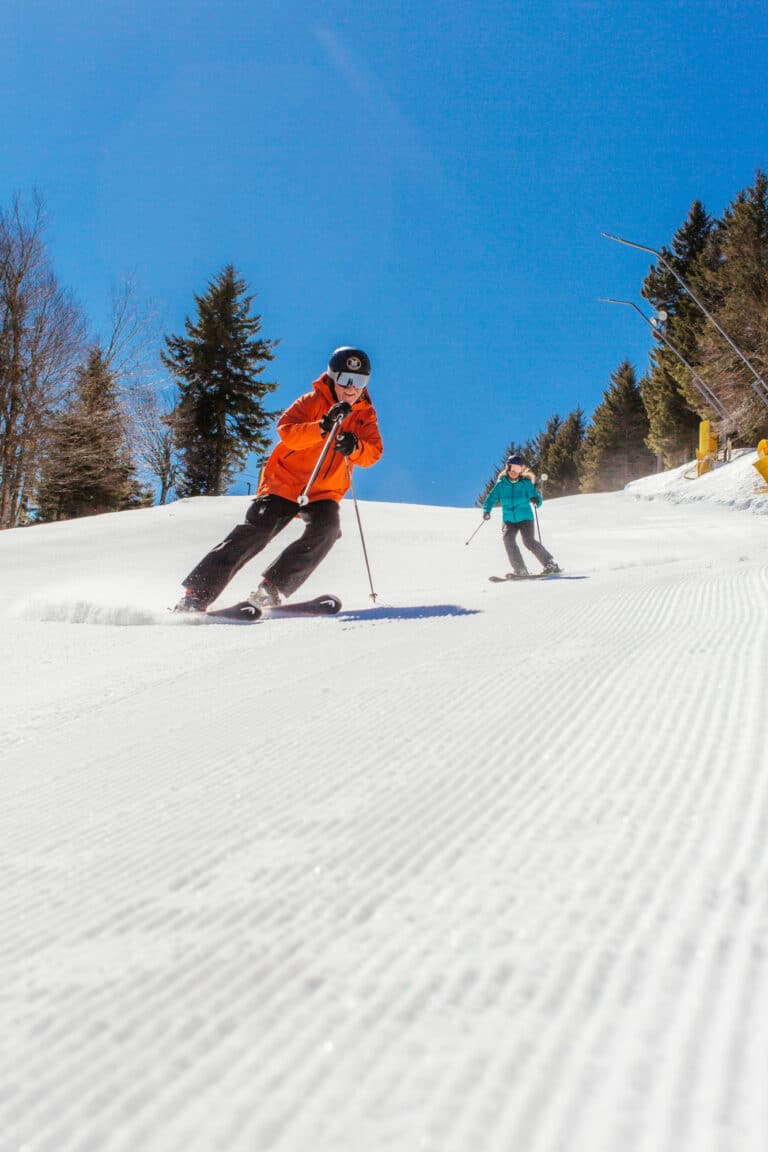Environmental practices and responsibility are hotly debated subjects in the world that we live in today, and they are something that I struggle with almost daily. On one hand, I love to take incredible kayaking trips to exotic places in the world, skipping from plane to ferry to truck, and then jumping on a beautiful, foreign river. On the other hand, I feel like a hypocrite telling others how incredible these wild places in our world are, because to some extent I am destroying them by using all of the natural resources that I use to access these places.
I don’t exactly know how to reconcile this irrefutable fact… but what I do know is that we as kayakers can still make every effort possible to reduce our impact on the consumption of our world’s finite natural resources, and the pollution of our air, land and water.
Before reading on, check out this educational link that helps you to measure your personal impact on the world.
Step 1: Electricity
Almost every volt of electricity that we use in our houses or elsewhere is coming from somewhere that is hurting our environment. Whether it is a coal-fired power plant pumping toxins into the atmosphere, or a nuclear plant that has a very short shelf life, most sources of electricity are degrading the earth. We cry out in anger when our rivers are dammed to provide hydroelectric power to major urban areas, then we go home and crank the AC way higher than we need to, leave the plasma screen TV on all day, and throw one important piece of clothing in the washer at a time. Our world cannot support this type of activity.
Here are a couple of simple tips to reduce energy in your house:
1) Use compact fluorescent bulbs
2) Avoid using the drier if possible. Put up a clothes line. Try to have two pairs of paddling thermals available in the wintertime so you won’t break down and throw the Union Suit in there.
3) Make sure your house is properly insulated… caulk or replace leaky door or window frames.
4) Turn off appliances when not in use.
5) Insulate the hot water tank.
Step 2: Fossil Fuels
I think this is the biggest negative contribution by a travel-intensive sport such as kayaking. It would be great if our fringe sport was looked on as a conscientious, respectful group of people rather than a bunch of punk kids who have no respect for the wild places that they spend their time in.
Reduce your fossil fuel impact by:
1) Carpooling! I think this is the most relevant… we cannot all be driving our cars to the takeout every day. Call your friends and take turns driving.
2) Paddle runs that you don’t need a shuttle for. I love running Big Creek, the Horsepasture, Upper Cherry, or doing the shoulder shuttle on the Green. It helps you to earn your boofs and gets you into way better shape. Try jogging your local run’s shuttle once every four times.
3) Ride your bike. If you can, it’s a really great feeling to get outside and ride to school or work every day or just once in a while.
4) Use public transportation.
5) Drive slower. Kayaks on the roof SEVERELY reduce our car’s gas mileage. Drive the speed limit on the highway and you will notice a big difference in how long a tank will last you.
6) Drive fuel efficient cars. A Subaru Outback or 4 cylinder 4×4 Tacoma will get you up almost anything you could ever want to access as a kayaker.
7) Buy locally… transportation of products has a huge impact on the environment.
8) Try to avoid fast food. Same as above, check out this article about the average footprint of a cheeseburger… http://openthefuture.com/cheeseburger_CF.html
Step 3: Consumption and Waste
This is something else that is worth mentioning. How we deal with our consumption and garbage as athletes is very important.
1) Recycle. I shouldn’t even have to mention this one.
2) Buy the Gatorade powder rather than a constant supply of small bottles. We’ve all heard about how long plastic takes to decompose.
3) Purchase gear from environmentally responsible companies… Astral and IR are two good examples… surf over to this relevant blog post from a few years ago:
http://catalyst-media.blogspot.com/2007/07/environmental-responsibility-in.html
4) Buy your music on iTunes, not in physical form on CD.
5) Donate old gear to people who can use it, rather than throwing it out. Pass boats on as well to less-skilled kayakers so they will have longer lives. Broken kayaks don’t do anyone any good. Same with clothing…
This is really just scraping the surface of what is possible in trying to become a more conscientious citizen of the world, and I don’t profess to be an authority on these matters. I do know that we as kayakers through our own practices and the advocacy of similar practices can perpetuate something positive in the world.
Thanks and see you on the river.
Chris Gragtmans
PS- Mefford Williams wrote a series of articles about this same topic a while back for the LVM Environmental Blog. He knows his stuff and these articles are very worth checking out.








